Best Uses for Warning Labels in Packaging
When shipping products, safety is just as important as speed. Whether you’re sending delicate electronics, hazardous materials, or just about anything that can break, warning labels are crucial.
Warehouse managers and logistics professionals know that the right labels help prevent accidents, protect products, and meet important regulatory requirements. In this blog, we’ll go over the best uses for warning labels in packaging and why they’re vital to the shipping process.
Why Warning Labels Matter in Shipping
Warning labels are more than just stickers. They communicate essential information about the contents of a package, ensuring that everyone involved in the shipping process—warehouse staff, carriers, and recipients—handles the product properly.
Here’s why they matter:
- Protecting Fragile Items: If an item is easily damaged or needs to be handled with care, a warning label like “Fragile” or “Handle with Care” tells everyone involved to take extra precautions.
- Safety in Transport: Packages containing hazardous or dangerous goods need specific labels. Whether it’s flammable, corrosive, or contains lithium batteries, the right warning label prevents accidents by ensuring these items are stored and transported safely.
- Preventing Legal Issues: If a product requires special handling and is damaged or causes harm during transit, the absence of warning labels could open up liability issues. It’s a simple way to stay compliant with shipping regulations and avoid legal complications.
Types of Warning Labels You Should Be Using
Warning labels come in all shapes and sizes, and knowing which ones to use is key to ensuring safe and efficient shipping. Here are the most common types of warning labels that every warehouse manager should consider:
1. Fragile Labels
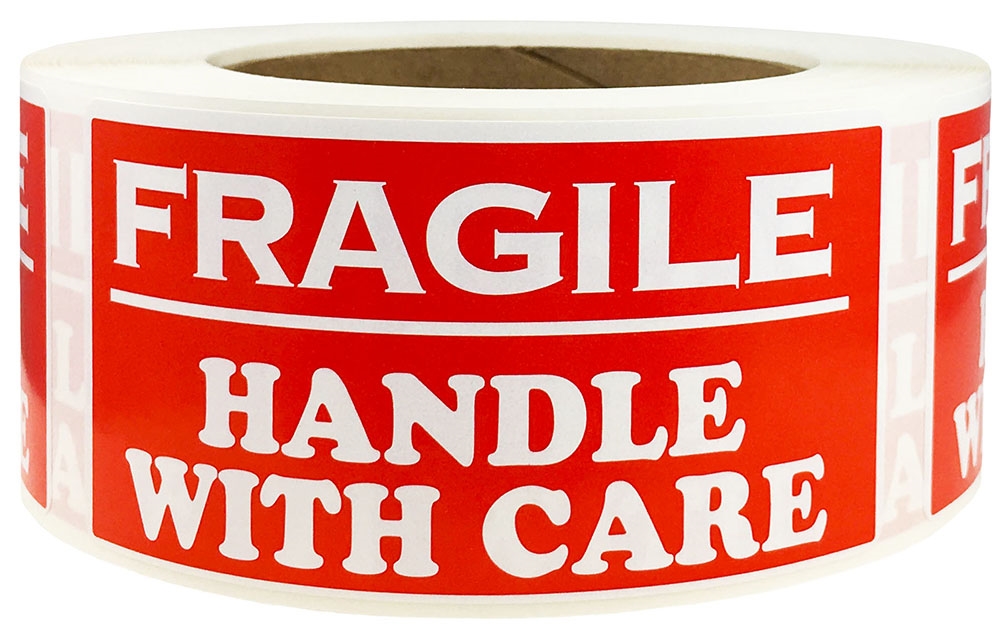
Probably the most well-known warning label, “Fragile” lets everyone know that the contents inside need to be handled with care. This is essential for items like glassware, electronics, and other delicate products.
Why Use Them?
Shipping fragile items without proper labeling can lead to damages, returns, and unhappy customers. Fragile labels communicate a clear message: handle this with caution!
2. Hazardous Materials Labels
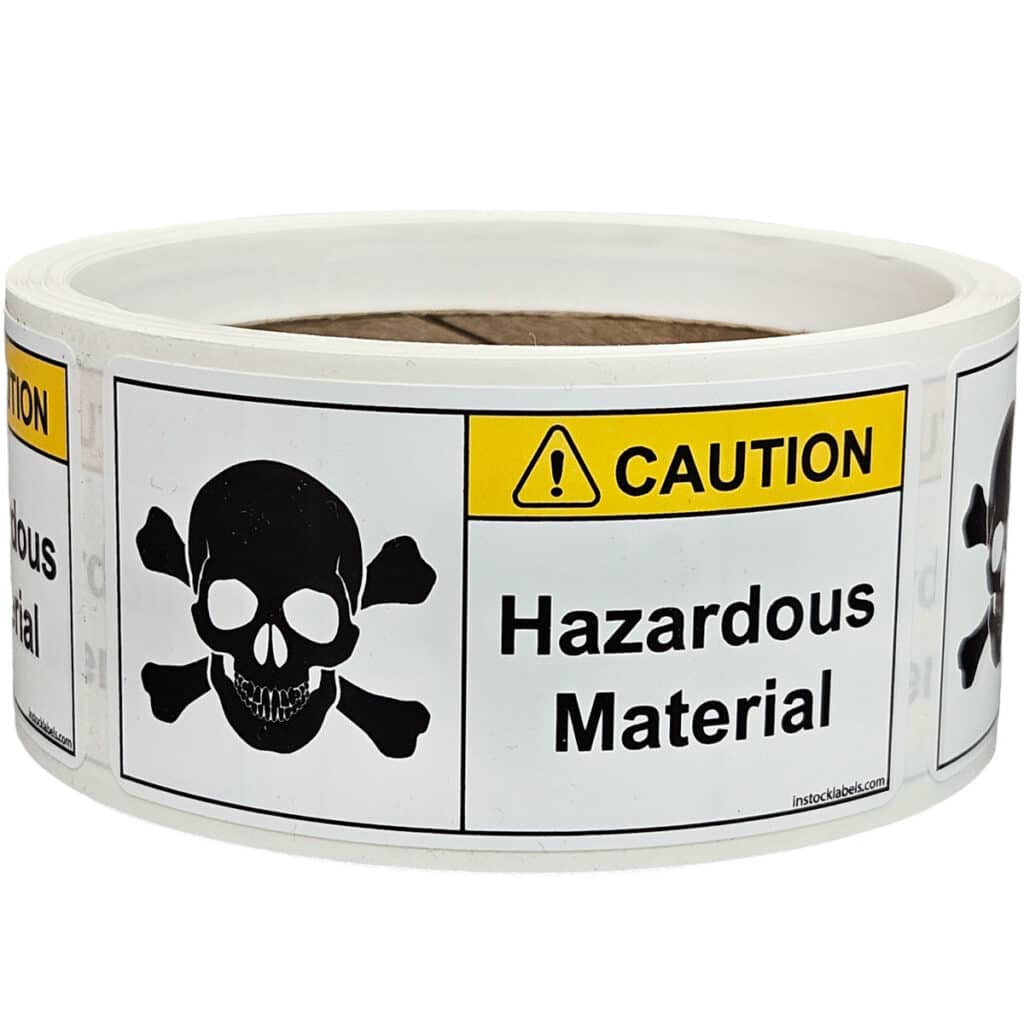
For packages containing dangerous goods, specific warning labels are required by law. Labels such as “Flammable,” “Corrosive,” or “Explosive” give clear visual warnings about the potential risks of handling or transporting the package.
Why Use Them? Without these labels, workers handling the package may unknowingly expose themselves to danger, leading to accidents or even legal consequences. Proper labeling keeps everyone aware of what’s inside and how to manage it safely.
3. Lithium Battery Warning Labels
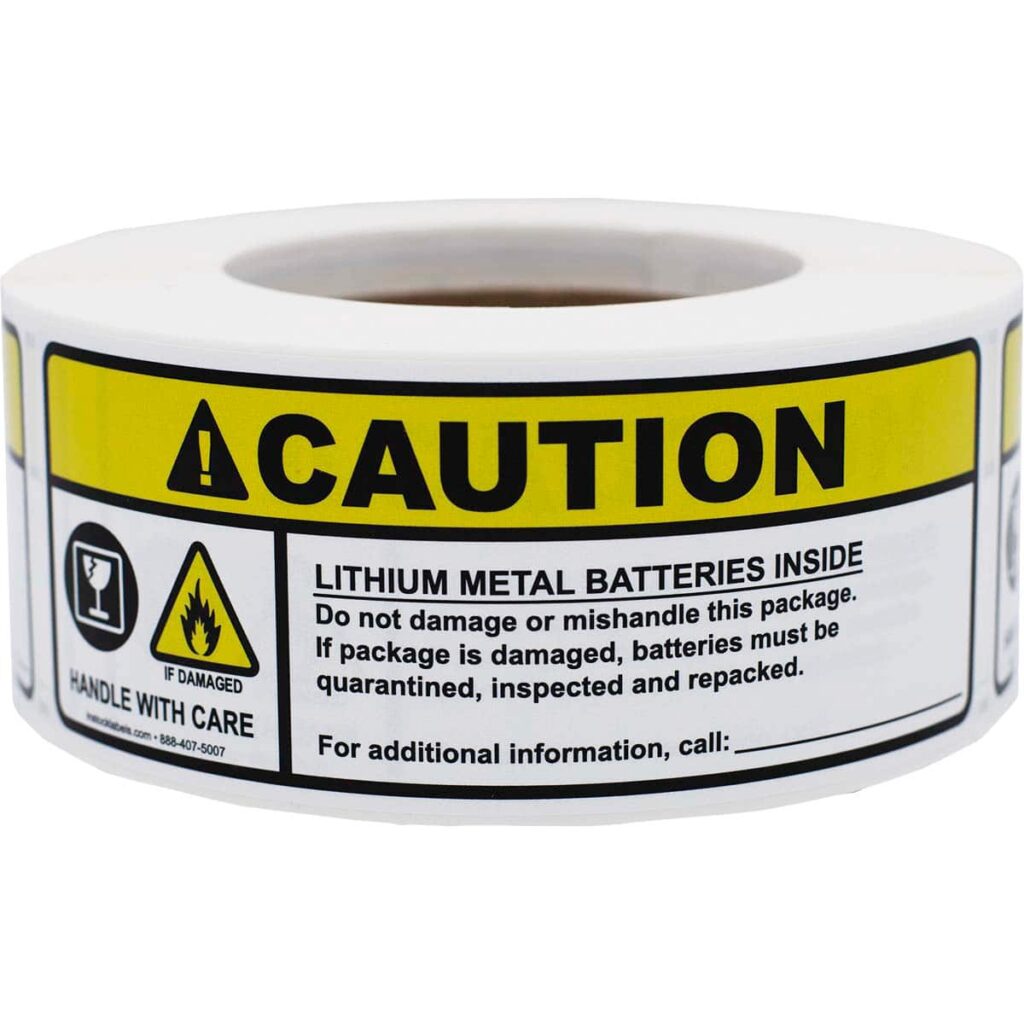
As more devices ship with lithium batteries, it’s critical to use the proper Lithium Battery Warning Labels. These labels let handlers know that the contents can be volatile if not managed properly, particularly when exposed to heat or physical damage.
Why Use Them? Lithium batteries can be a fire hazard. Labeling the package properly ensures that carriers and warehouse staff take necessary precautions, such as keeping the package in temperature-controlled areas.
4. Heavy Object Warning Labels
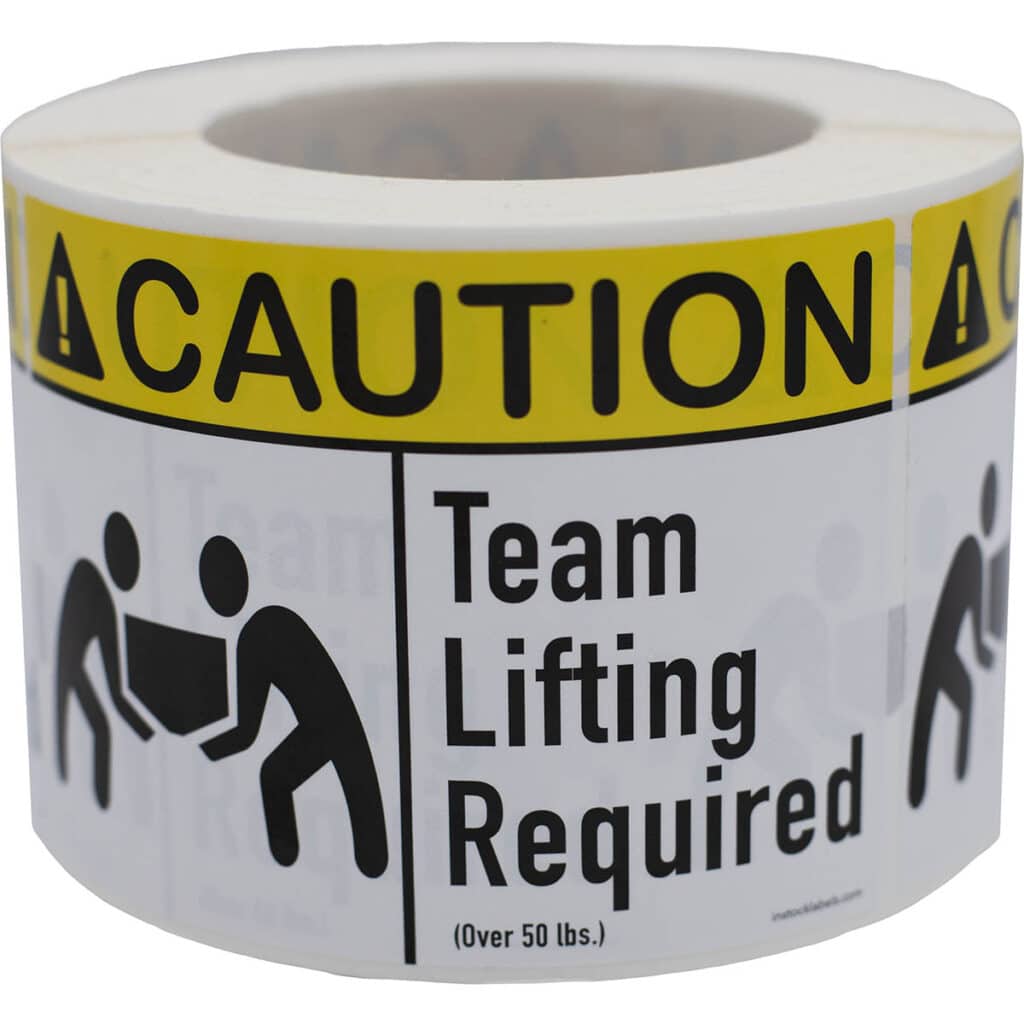
Large or bulky items need special handling, especially if they’re above a certain weight limit. “Heavy” or “Team Lift” labels help reduce injuries by notifying workers when an item requires special handling or additional help.
Why Use Them? If a package is too heavy to be lifted by one person, a warning label prevents potential injuries by telling the handler to seek assistance.
5. Keep Dry or Do Not Stack Labels

For items that are water-sensitive or require careful stacking, labels like “Keep Dry” or “Do Not Stack” help protect them from environmental or handling damage.
Why Use Them? Items that should be kept away from moisture, such as electronics or paper goods, need clear instructions for safe storage and transport. Similarly, “Do Not Stack” labels ensure that products are not crushed or damaged by other packages being placed on top.
Benefits of Using Warning Labels
Now that we’ve covered some key types of labels, let’s talk about the practical benefits of using them in stock management and shipping operations.
Reducing Damages and Returns
One of the most frustrating things for warehouse managers is dealing with damaged goods. Whether the damage happens in the warehouse or during transit, it’s costly, time-consuming, and bad for business. Warning labels significantly reduce the likelihood of this happening by informing handlers how to manage packages properly.
Promoting Workplace Safety
Warehouse safety is critical, and warning labels help prevent injuries. Labels such as “Heavy” or “Hazardous” inform workers about risks they might not be immediately aware of, helping them avoid accidents.
Meeting Shipping Regulations
For certain industries, like chemicals or electronics, warning labels aren’t just helpful—they’re mandatory. Many products have specific shipping guidelines enforced by agencies like OSHA, the Department of Transportation (DOT), or the International Air Transport Association (IATA).
Failure to follow these regulations can result in fines or shipment delays. Proper labeling helps avoid these headaches.
Tips for Using Warning Labels Effectively
Using warning labels is about more than just slapping them onto a package. Placement, durability, and clarity are all key factors in making sure they do their job.
- Place Labels Prominently: Make sure your labels are clearly visible. Don’t cover them with tape, and avoid placing them on corners where they might get torn.
- Use High-Quality, Durable Labels: If your packages are exposed to moisture or extreme temperatures, invest in labels that won’t fade or peel. This is especially important for outdoor storage or long-distance shipping.
- Keep It Simple and Clear: Don’t overwhelm the package with too many labels. Stick to the most relevant warnings and make sure they’re easy to read at a glance.
Make Your Shipping Safe with Custom Warning Labels
Want to keep your warehouse running smoothly and your shipments protected? Custom warning labels can make all the difference. At InStockLabels, we offer a wide range of high-quality shipping labels designed to meet your specific needs.
Whether you’re shipping fragile items, hazardous materials, or heavy loads, we’ve got the perfect labels to keep your operations safe and compliant. Check out our full selection of shipping labels today!

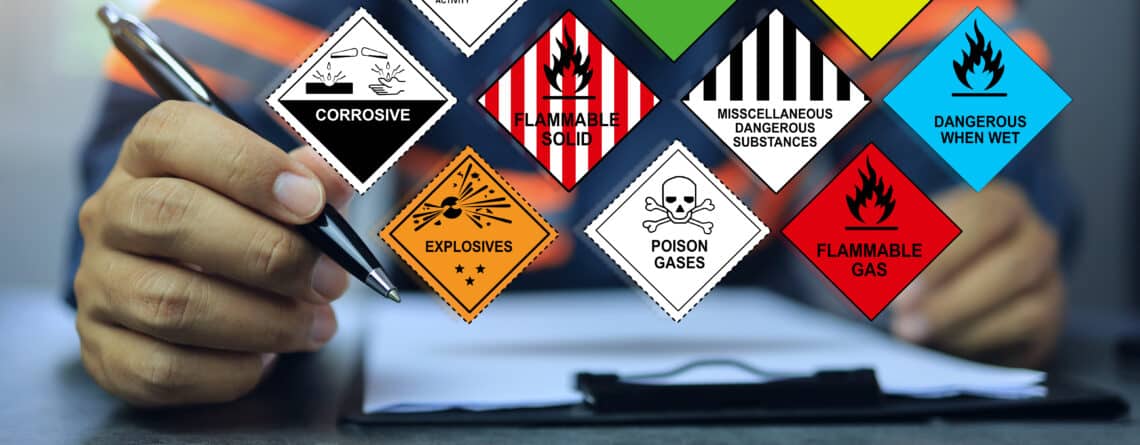







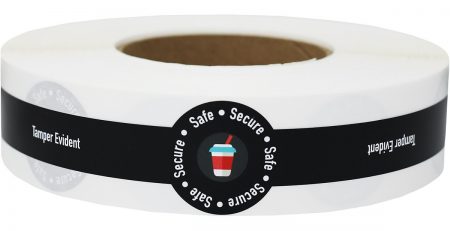



Leave a Reply